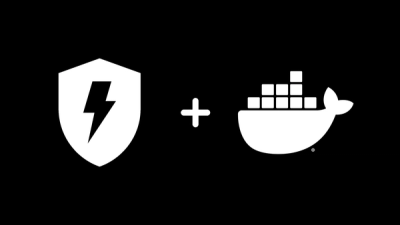requests-oauth2

OAuth v2.0 support for
kennethreitz's well-known
Requests library.
This library wants to provide the simplest and easiest way to do
OAuth2 in Python. OAuth2 is much easier to do than old OAuth1.0, and
likewise this library is simple, free of cruft, and practical in
everyday use. If you are looking for a way of doing OAuth 1.0, see
requests-oauth.
Authors: see AUTHORS.
License: BSD
Examples: with Flask.
OAuth2 web app flow - the theory
Skip this if you know how OAuth2 works.
- Your web app (Foo) allows users to log in with their Qux
account. Qux here is a service provider; they gave you a client
ID and a secret key, which Foo stores somewhere on the
backend. Qux and Foo pre-agree on some redirect URI.
- User visits Foo's login screen, e.g.
https://www.foo.example/login
- Foo redirects users to Qux's Authorization URL, e.g.
https://api.qux.example/oauth/authorize
- User is presented with Qux's consent screen, where they
review the scope of requested permissions, and either allow or
deny access.
- Once access is granted, Qux redirects back to Foo via the
redirect URI that they both agreed upon beforehand, supplying
the code.
- Foo exchanges the code for an access token. The access
token can be used by Foo to make API calls to Qux on user's
behalf.
Usage example
Look into the examples directory for fully integrated,
working examples.
Some providers are included out of the box, but adding more is quite
easy. In this example, we'll get started with Google.
You will find Client ID & secret (point 1 above) in your
Google API console.
You must choose the redirect URI, which must be handled by your
web app.
from requests_oauth2.services import GoogleClient
google_auth = GoogleClient(
client_id="your-google-client-id",
client_secret="super-secret",
redirect_uri="http://localhost:5000/google/oauth2callback",
)
When the user visits the login page (point 2), we'll build an
authorization URL (point 3) that will direct the user to Google's
consent screen, asking to grant the specified scopes (point
4):
authorization_url = google_auth.authorize_url(
scope=["email"],
response_type="code",
)
Once the user clicks "allow", Google will redirect them to the
redirect URI (point 5), which will include the code as one of
the query string parameters:
http://localhost:5000/google/oauth2callback?code=...
The code will be used to request an access token (point 6),
necessary for all following requests to the API:
code = get_request_parameter("code")
data = google_auth.get_token(
code=code,
grant_type="authorization_code",
)
You can store it somewhere for later use, e.g. in the session, or in
the database:
session["access_token"] = data["access_token"]
The exact method for supplying the access token varies from one
provider to another. One popular method (supported by Google) is via
the Bearer header. There's a helper shortcut for this:
from requests_oauth2 import OAuth2BearerToken
with requests.Session() as s:
s.auth = OAuth2BearerToken(access_token)
r = s.get("https://www.googleapis.com/plus/v1/people/me")
r.raise_for_status()
data = r.json()
Other providers, such as Facebook, allow the access token to be passed
as a request parameter (in the query string). You would so something
like this:
from requests_oauth2 import OAuth2BearerToken
with requests.Session() as s:
s.params = {"access_token": response["access_token"]}
r = s.get("https://graph.facebook.com/me")
r.raise_for_status()
data = r.json()
Interesting readings




